8 Cooking Methods for Mastering How to Cook at Home
Cooking 101
Sure, you can follow a recipe. But with an elementary understanding of the most common cooking techniques—aka “ways to cook”—you can begin to enjoy the process, turning your dinner recipes from labor into love. Here are the basics of eight cooking methods that will help you learn how to cook and make you more comfortable in the kitchen.
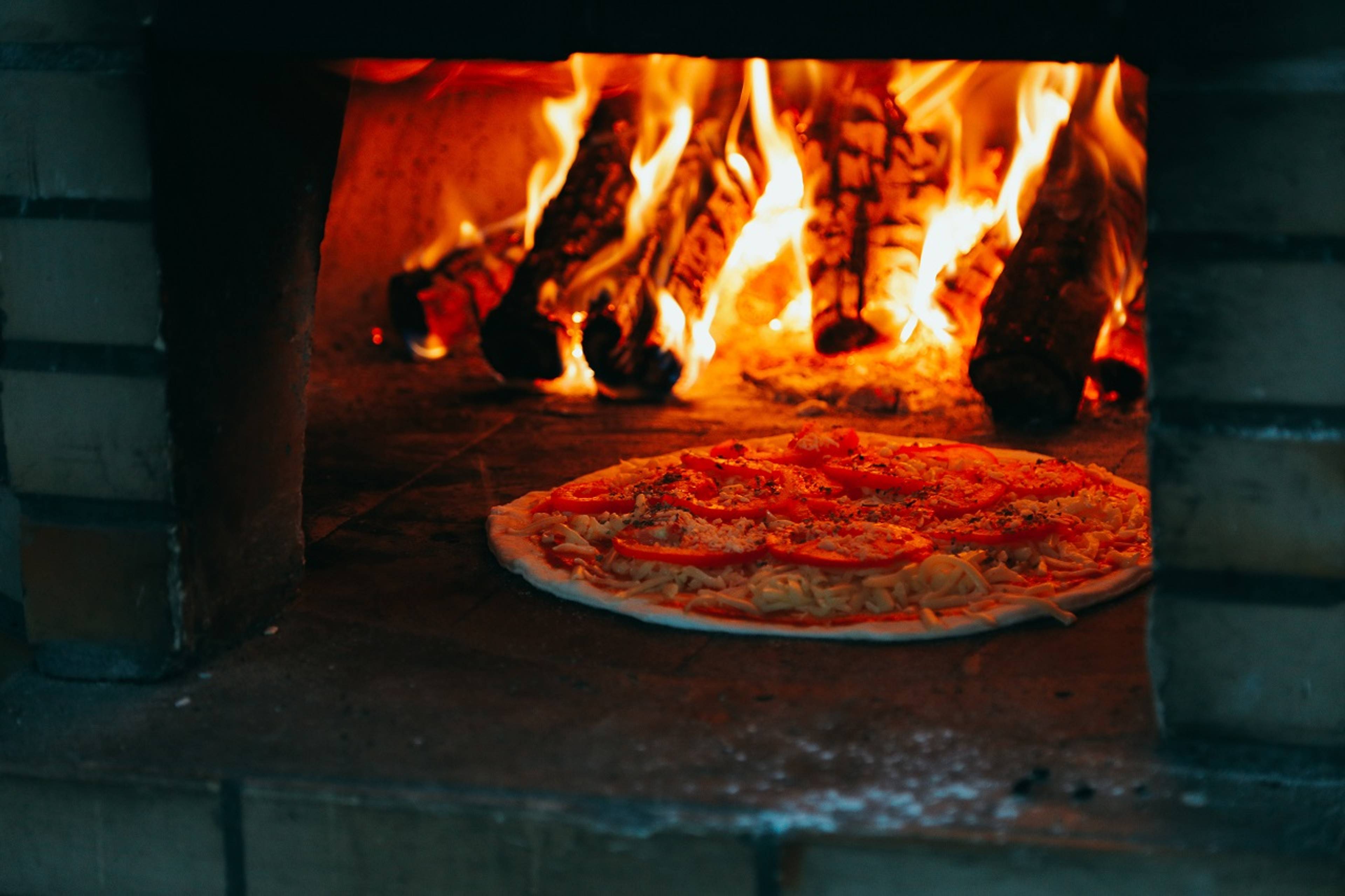
1. Baking
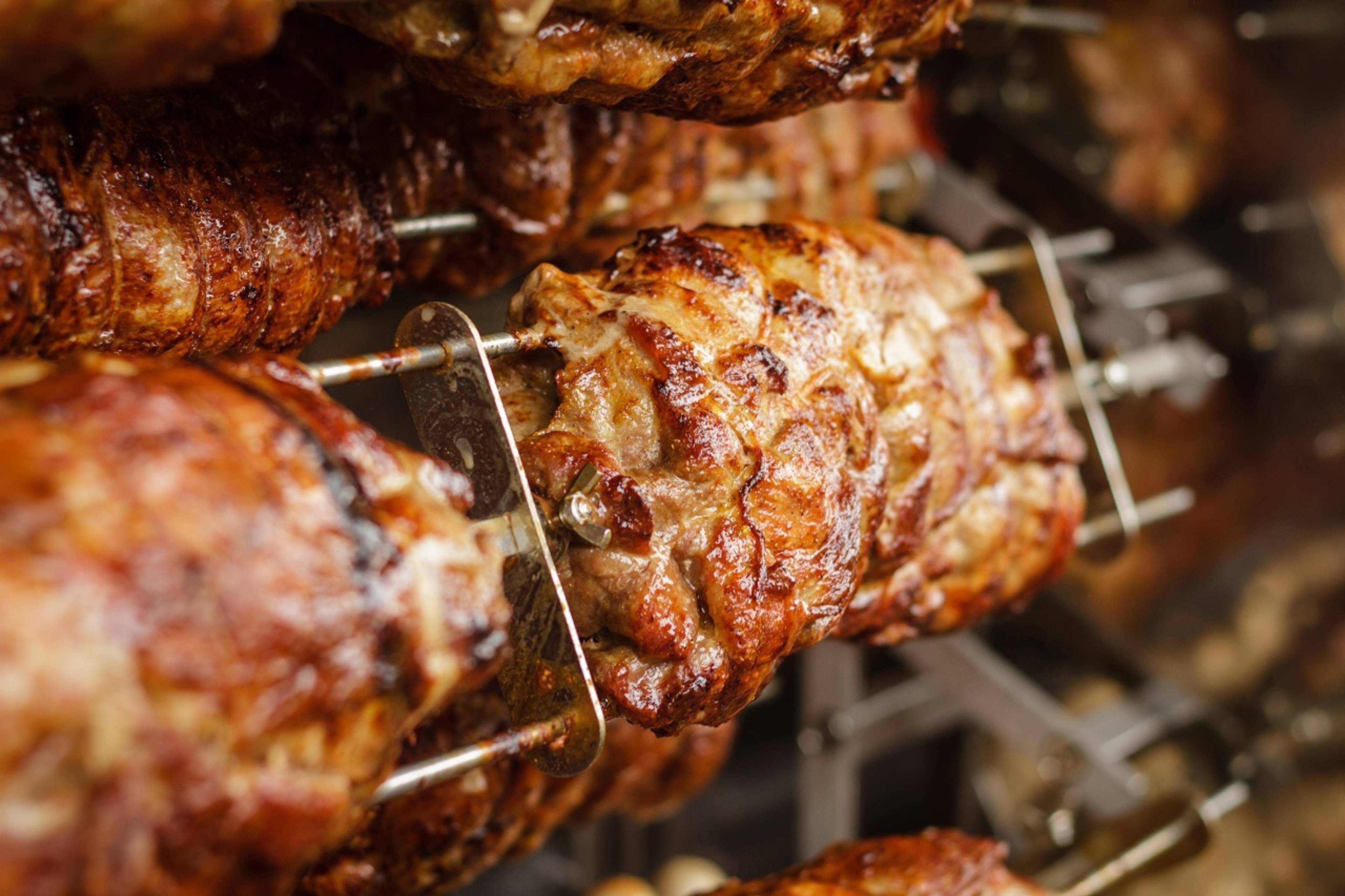
2. Roasting

3. Searing
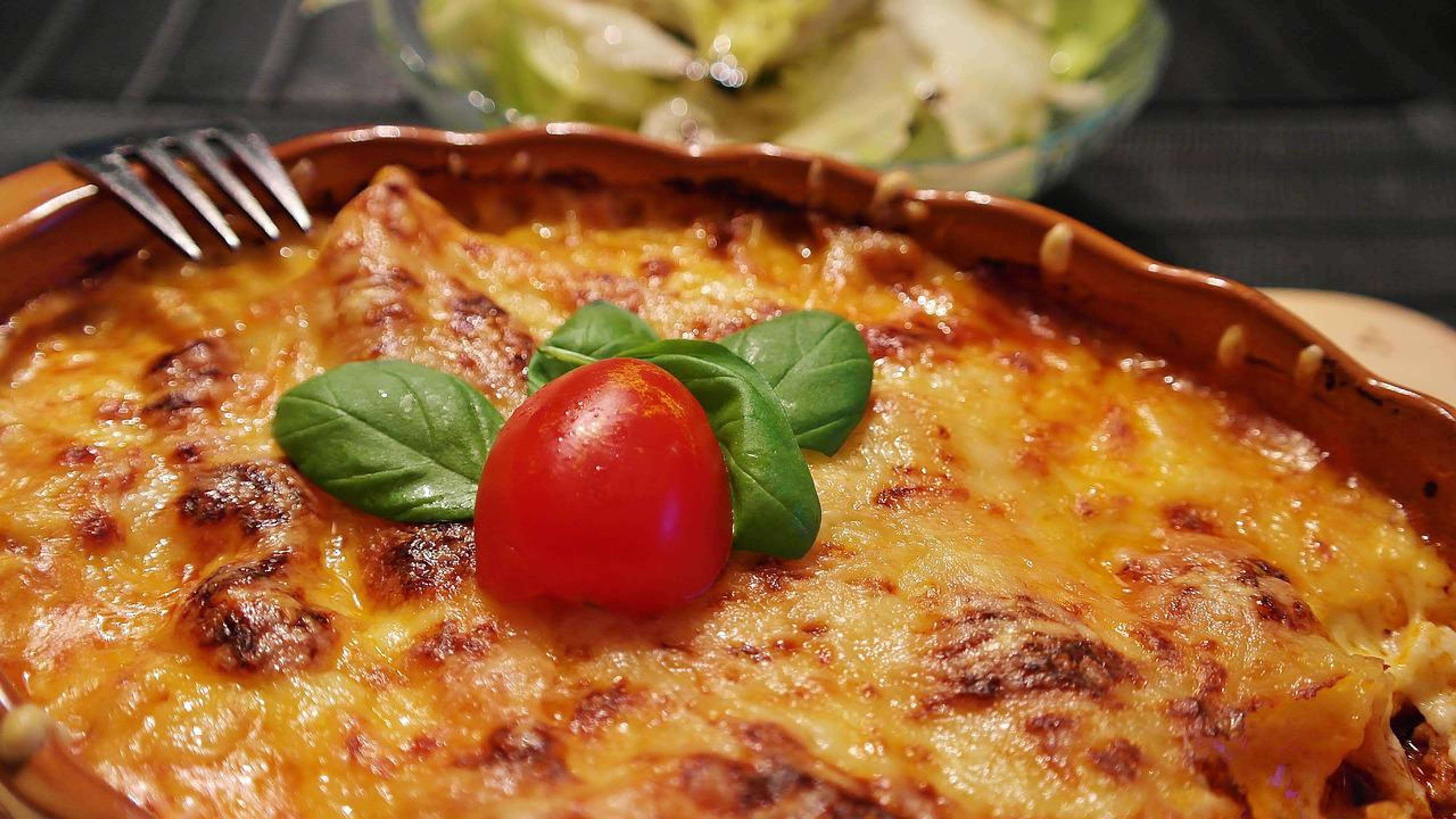
4. Broiling
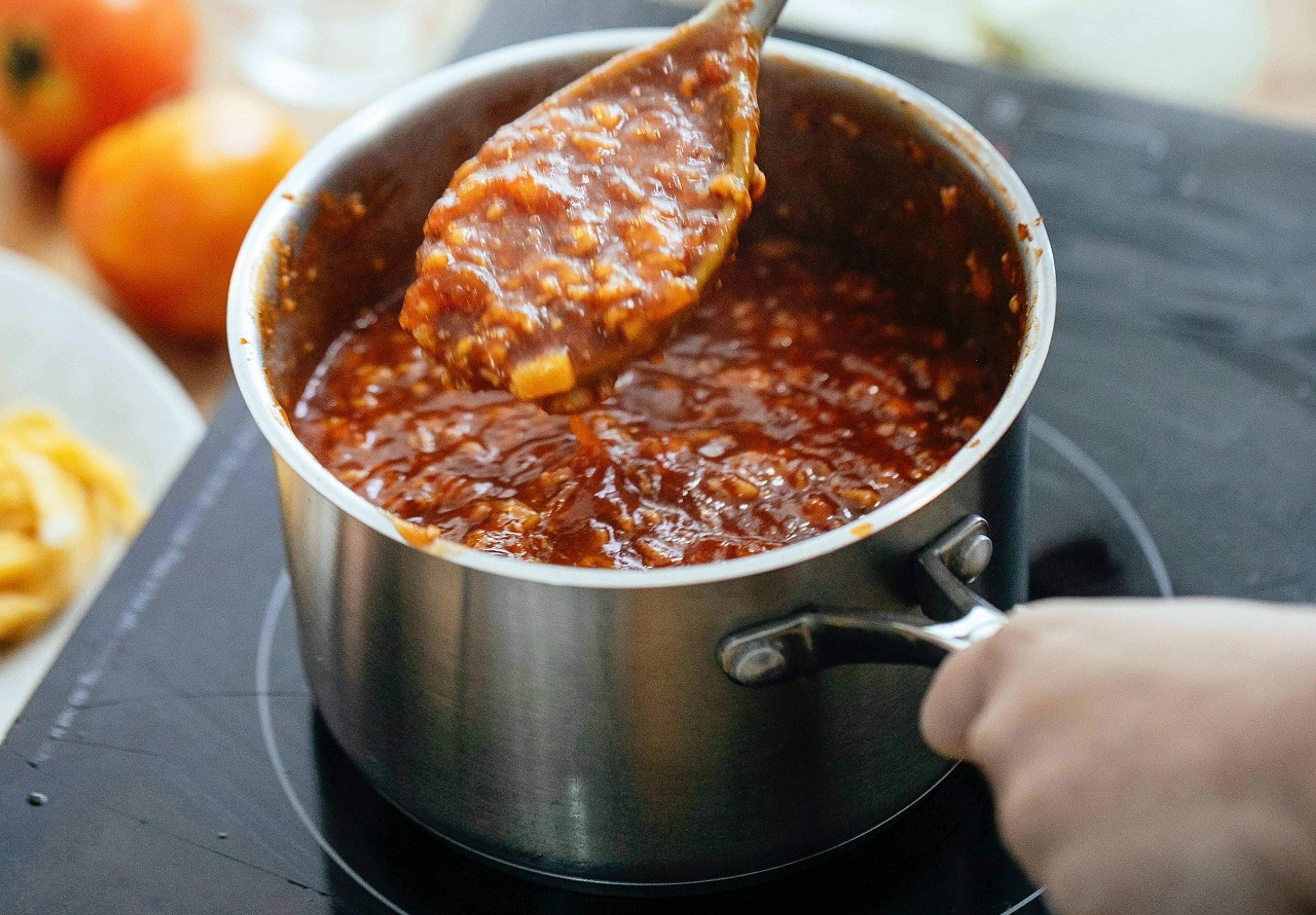
5. Simmering

6. Sautéing
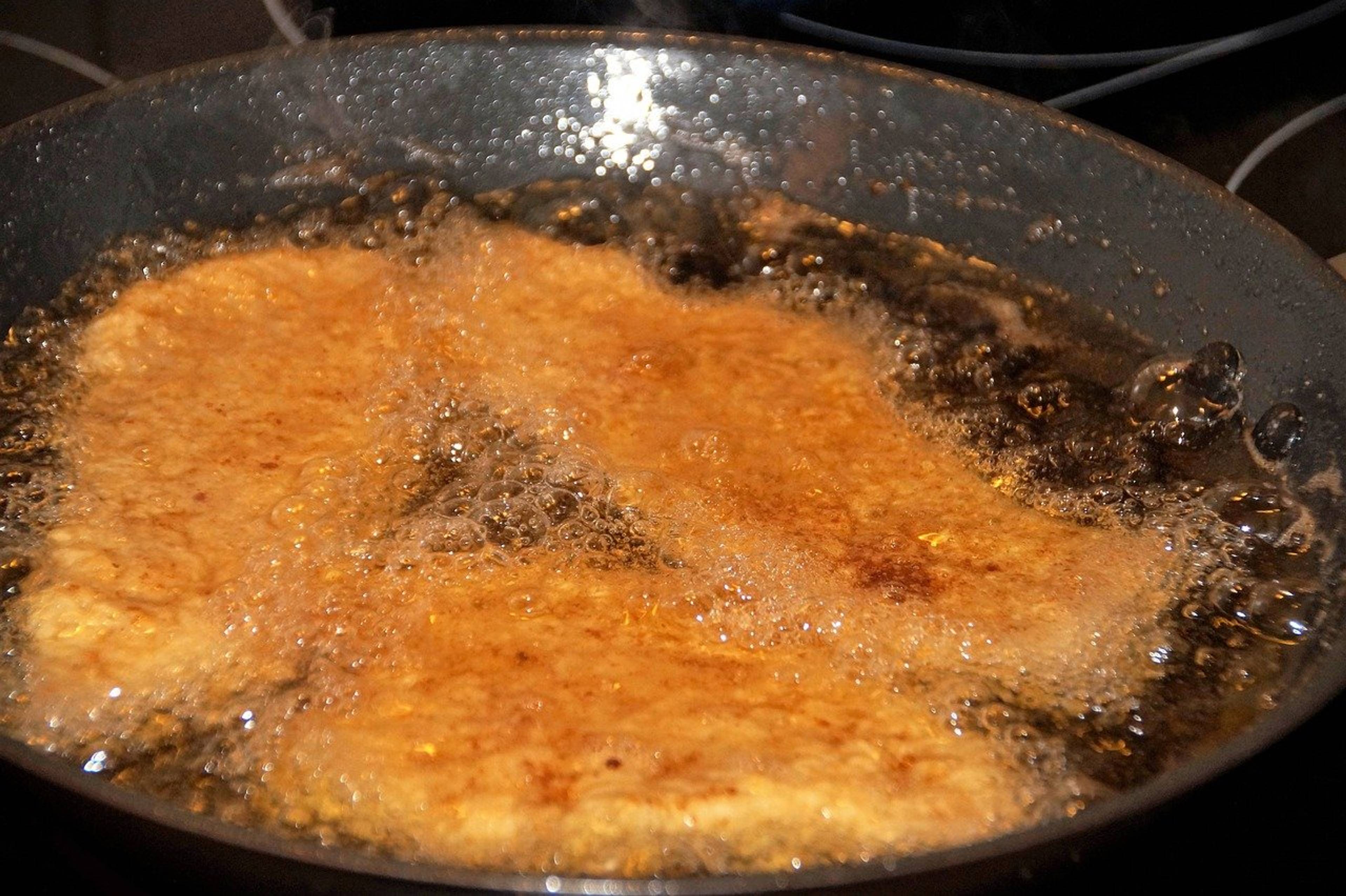
7. Frying
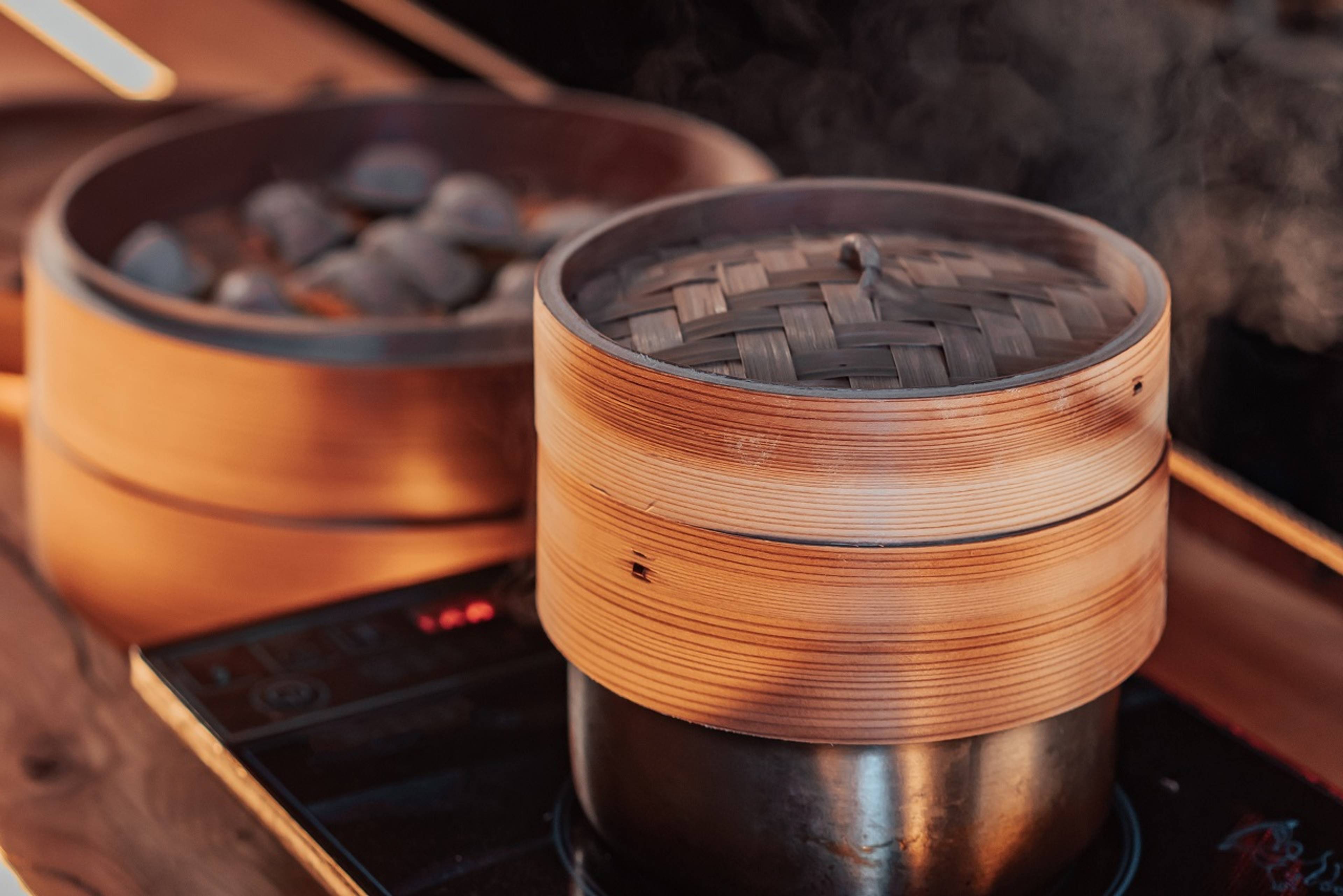
8. Steaming

Easy HelloFresh Recipes and Dinner Ideas to Get Started With
Get Started with America's #1 Meal Kit
Delicious recipes & ingredients delivered straight to your door
Delicious recipes & ingredients delivered straight to your door